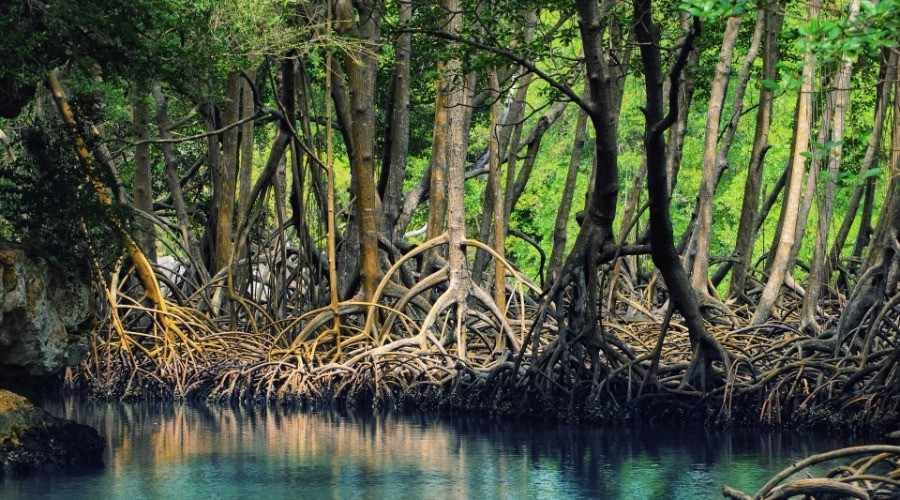Mumbai’s mangroves are truly special
These natural coast guards have been listed among the country’s 12 unique mangrove forests
Mangroves provide a vast array of essential ecosystem services -- they are essential for flood protection and water quality maintenance, they serve as nursery habitats to countless species, and they help sustain our fisheries. They’re also invaluable carbon sinks, and one of the strongest counterforces we have against climate change.
In Maharashtra, ongoing efforts to protect mangroves, both public and private, have been exemplary. It is the only state to have a dedicated cell for mangrove protection. Since the 1940s, the Godrej Foundation has also been managing and conserving some of the largest private mangrove forests in the world on Mumbai’s coastline.
In July, we learned that Mumbai’s mangrove cover had increased by about 20 percent in the last 15 years, according to the National Institute of Oceanography (NIO). This is great news for the city and also speaks to the payoff of restoration measures that have been undertaken along Mumbai’s coast.
It’s true, mangroves have been having quite the moment lately. Recently, we wrote about a newly released app-based mangrove encyclopaedia, which can help people identify 22 mangrove species in Maharashtra. The app is intended to increase interest in mangroves and their importance, and aid both awareness and conservation efforts.
And now, the mangroves in Airoli and Vikhroli have joined the likes of the Sundarbans, Bhitarkanika and Achra. According to the Mangrove Society of India (MSI) they are now counted among the 12 unique mangrove forests in the country. Covering an area of 2000 hectares, Vikhroli’s mangroves are home to more than 16 mangrove species, 82 butterfly species, 208 bird species, 13 crab species, 7 prawn species, 20 fish species and several mammals. The Airoli mangroves are spread over 1690 hectares and are visited by over 50,000 flamingoes every year.
The idea is to establish these 12 unique destinations as international tourism destinations. Let’s hope that that’s the right direction to take towards further protecting these important ecosystems.
Cover image of a mangrove forest for illustrative purposes only, courtesy Wikimedia Commons CC BY-SA 3.0
